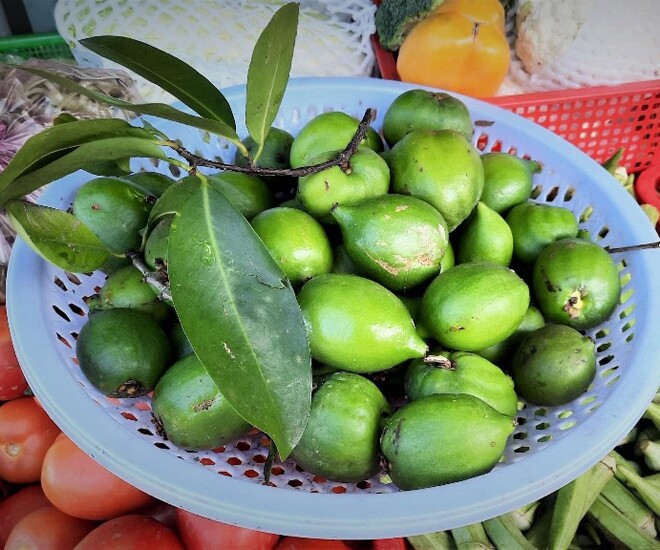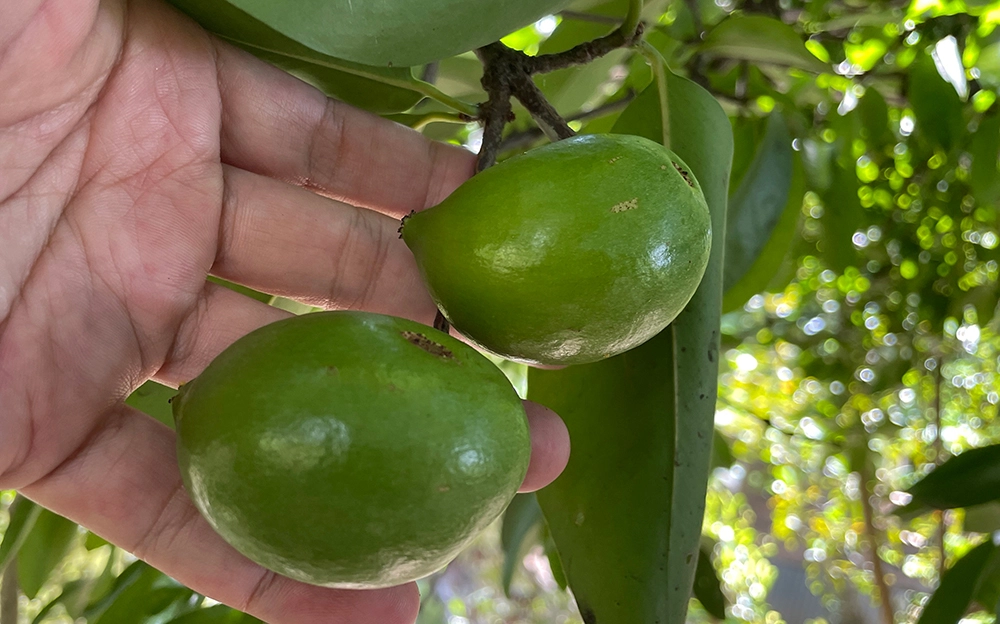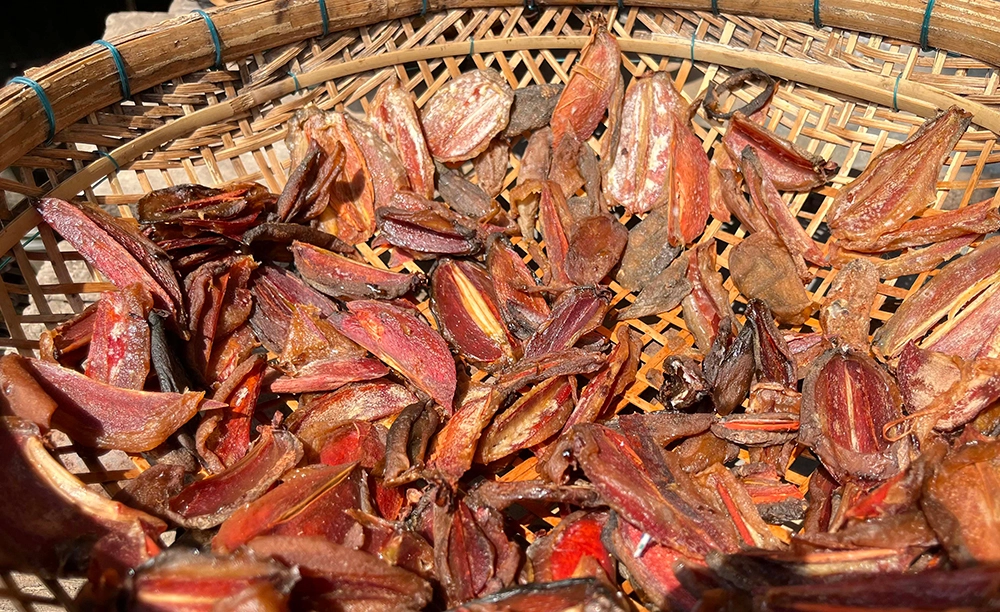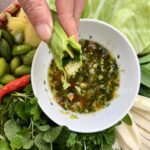
The star fruit, or carambola, is a unique and beautiful fruit with a distinct shape and a refreshing taste. In An Giang, this fruit has a characteristic sour taste and an alluring aroma.
The scientific name for the star fruit tree is Averrhoa carambola, and it is a wild species commonly found in many regions of An Giang province. These trees can grow quite tall, typically reaching heights of 5 to 7 meters, with some older trees even surpassing 15 meters.
Star fruit used to be abundant, with almost every household having a few trees, and people freely sharing the fruit with their neighbors. However, over time, these trees have become less common, making way for houses and roads. Nowadays, during the star fruit season, locals seize the opportunity to sell the fruit, turning it into a well-known specialty of the region.
The fruit typically starts appearing from the 6th lunar month, with the season lasting for about 3 months. Some trees even continue to bear fruit until the Lunar New Year. During the peak season, the price is quite affordable at around 30,000 VND per kg, but as the fruit becomes scarcer, the price can double. This wild species thrives in moist soils and is particularly resilient. The trees grow tall with a wide canopy, bearing small green fruits that are scattered across the branches. When ripe, the color only changes slightly, making it challenging to distinguish if you’re not familiar with the fruit.

Star fruits are used as a key ingredient in many specialty dishes of this region, enhancing the flavor of the local cuisine.
Ms. Nga, a local from Chau Doc in An Giang, shared a tip for identifying ripe star fruits: simply squeeze the fruit gently and check the latex that oozes out. Experienced locals can spot a ripe star fruit with just a glance.
When it comes to star fruit in An Giang, one cannot forget the famous dish of ca linh kho qua (star fruit braised fish), which is a signature dish of the flood season. When braising fish or fermented fish, locals add a few fresh star fruits along with some bird’s eye chilies to enhance the aroma. As the star fruit softens, it is mashed, similar to how tamarind is prepared, allowing the sour taste to permeate the fish. The resulting broth has a delightful blend of sourness, saltiness, sweetness, and spiciness, creating a memorable dining experience. Diners can adjust the amount of star fruit to their preference and even mash it into their dipping sauce, adding another layer of flavor to the meal.
This dish is best enjoyed with a variety of fresh herbs and vegetables unique to the Mekong Delta region, such as dien dien flowers, water lily stems, green bananas, ghe m (a type of pickle made from unripe papaya), banana blossoms, and more. These natural gifts from the region come together to create a meal that truly captures the essence of the countryside.

Locals slice the star fruits thinly and sun-dry them for extended use throughout the year.
Besides cooking, ripe star fruits can also be made into a special dipping sauce. By simply mixing mashed star fruit with garlic, chili, sugar, and seasoning, a delicious condiment can be created and stored in the refrigerator. This mixture can be added directly to dishes or used as a dipping sauce, making it convenient to enjoy the unique flavor of star fruit all year round.






































